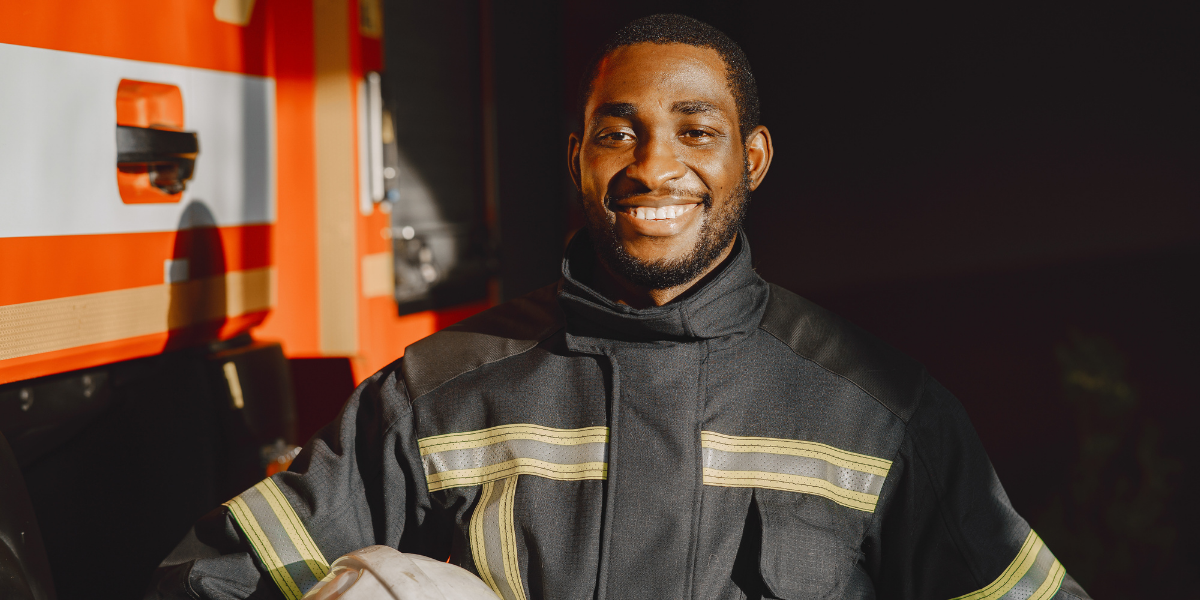
PTSD in Military Service Members
PTSD (Post-Traumatic Stress Disorder) affects nearly 6 out of every 100 people in the United States. Many of those recover, but about 13 million Americans are currently living with post-traumatic stress according to the U.S. Department of Veterans Affairs' National Center for PTSD. Women are twice as likely than men to develop PTSD after a traumatic event, but military veterans, especially those deployed to a war zone, are significantly more likely than civilians to have PTSD. Effective treatments for PTSD symptoms include Cognitive Behavioral Therapy (CBT), Eye Movement Desensitization and Reprocessing (EMDR), and exposure therapy.
Even though PTSD was not an official diagnosis until the 1980s, it was commonly believed that there was a link between active combat trauma and the effect it had on the minds and bodies of those involved. Other terms used were “combat fatigue”, “shell shock”, and “war neurosis”. Both active military and veterans who have experienced trauma can suffer from PTSD. However, not everyone who experiences trauma will get PTSD. Matthew Tull, PhD, of Very Well Mind, explains in an overview that certain factors make people more vulnerable:
- Type of trauma
- Emotional response during the trauma
- Mental or physical health
- Marital Status
- Gender (studies have shown women are twice as likely to have PTSD)
- Support system
- Age
- Post-trauma stressors
Indicators of PTSD
According to the Diagnostic and Statistical Manual of Mental Disorders (DSM-5), indicators of PTSD include:
- Re-experiencing the event. This can happen through memories, dreams, or reminders of the event. The result can be flashbacks, feelings of distress, and recurrent nightmares.
- Avoidance. This is when the person does everything possible to avoid any reminders of the event. It can mean avoiding certain people, places, or events. It can also mean staying constantly busy so as not to have time to think about the event.
- Hyperarousal. Hyperarousal manifests itself in a variety of ways, including irritability, being easily startled, constantly on guard, lack of concentration, inability to focus, angry outbursts, and sleeplessness.
- Negative Thoughts and Beliefs. This includes a loss of interest in things once enjoyed, difficulty feeling happiness or love, feeling distant from others, feeling as though your life will be cut short.
A diagnosis of PTSD need not include all of the above symptoms. One only needs a certain number of symptoms from each category. If you believe you or someone you love might be experiencing PTSD, regardless of military service, it is important to seek the help of a professional counselor. Counselors who are trained in practices such as CBT, Trauma-informed therapy, and EMDR can help people with PTSD calm their minds and bodies and regain a sense of peace. Please reach out to Lifeologie Counseling and meet our experienced and empathetic therapists who specialize in using evidence-based approaches to treating trauma and PTSD.

About Lifeologie
Lifeologie Counseling was founded in 2000 with one goal in mind — to bring a fresh, innovative approach to the everyday problems of life. Creative solutions to stuck problems®. With our unique multi-specialty, collaborative approach, Lifeologie Counseling helps individuals and families heal their wounds and break out of old, unhealthy patterns.

.png)


